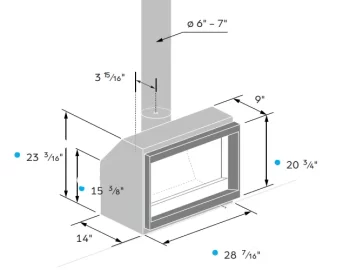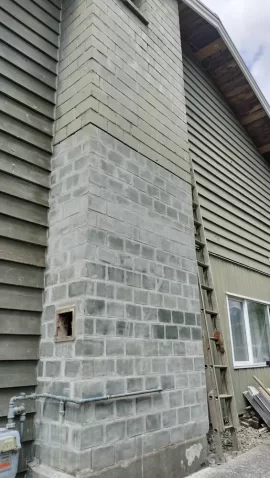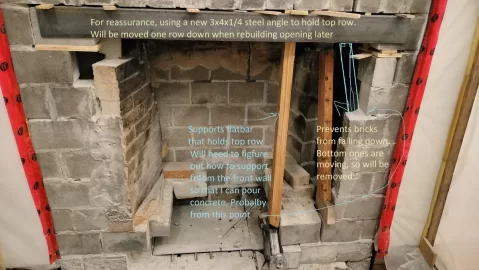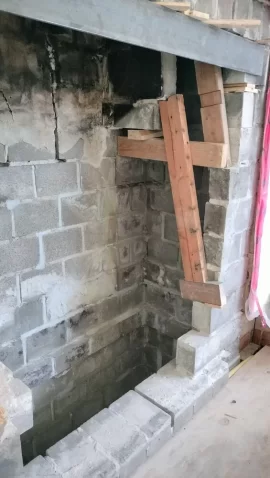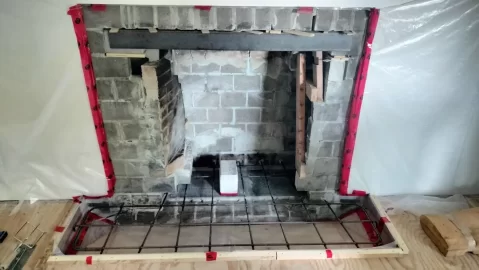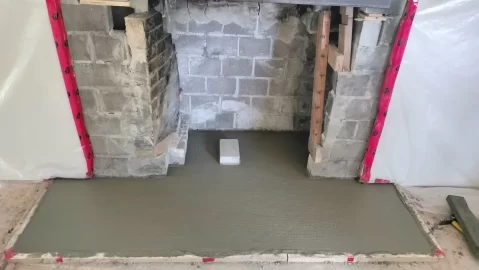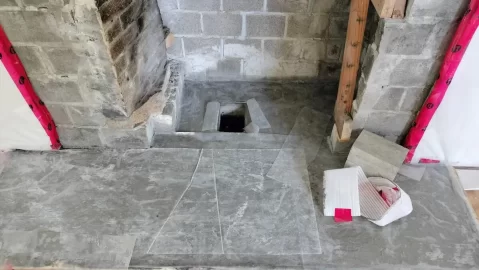You can get a cheap endoscope on ebay or elsewhere and drop it down the chimney to check the flue for cracks. missing mortar etc. This way if it's bad you know what you have to do. If it's good then u can keep the conversation going i guess.
That is not a bad idea, I always wanted to buy this for other reasons, like plumbing, or tiles around the house. The reason I haven't bought was that they always have terrible reviews. So, if you happen to know a decent one for Android phone worth buying that doesn't break the bank, please do share.


